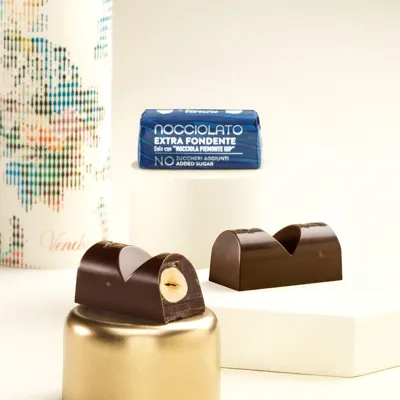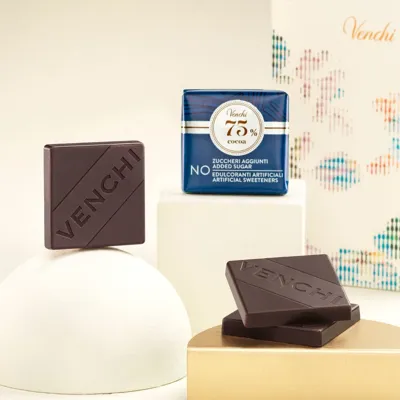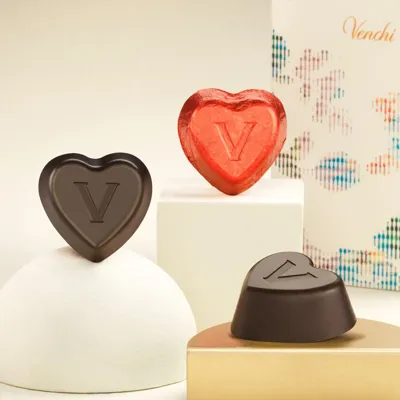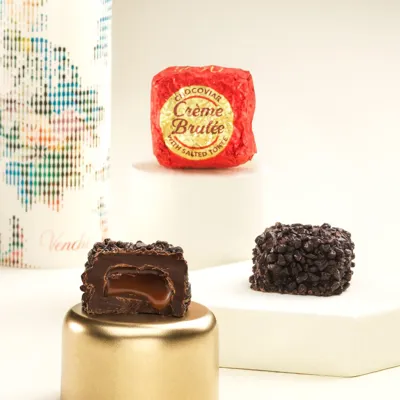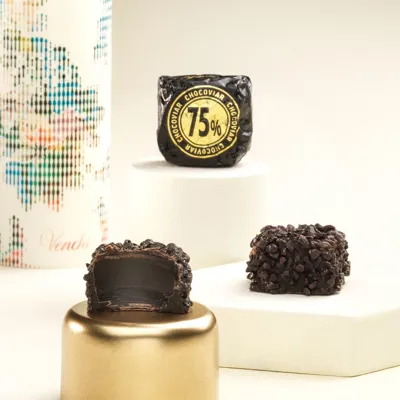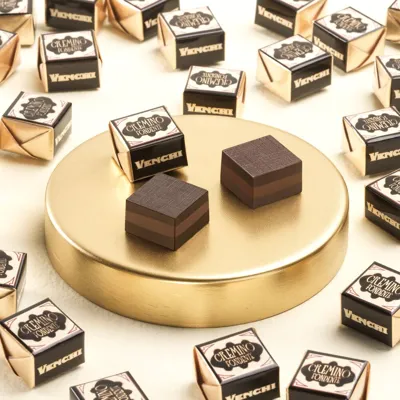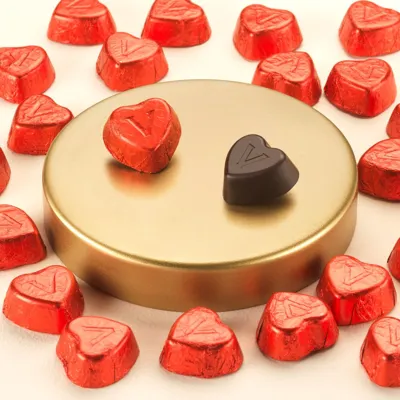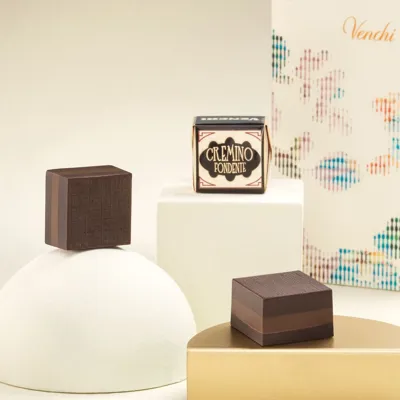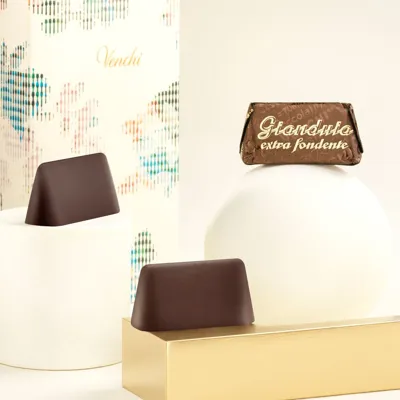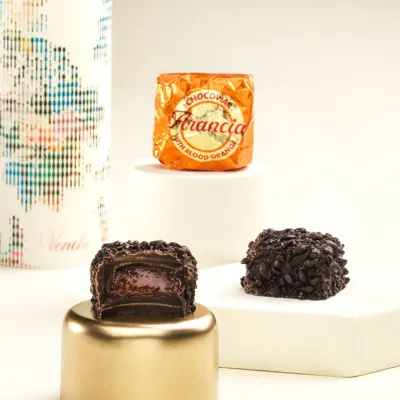
Cocoa tree: what you need to know
The cocoa tree is no ordinary tree. Small and topped with lush green leaves all year round, the cocoa tree plays a significant role in people working in the chocolate business. Uncover where the trees are grown, their uses, and cocoa's health benefits in Venchi’s blog.
Cocoa plant: Where does cocoa come from?
The cocoa plant's scientific name is Theobroma cacao, which means "food of the gods". It's an ancient tree with a storied history. Since 500 BC, Mexican tribes have cultivated cacao seeds.
It can be characterised by its oval leaves that are glossy and vivid green. You'll be able to spot the tree in a forest thanks to its yellow-skinned cocoa pods. When broken open, these pods reveal a fleshy white cocoa fruit and cocoa seeds. The most coveted part is the cocoa seed, which is used to produce cocoa powder and cocoa butter, which are ultimately used to create chocolate.
Where are cacao trees found?
The cocoa tree is naturally found in the tropical regions of Central and South America.
Cocoa plantations are the most common around the equator. For cocoa trees to flourish, they require a unique humid climate, with temperatures between 20 and 30 degrees Celsius. The plants are kept at a low height to make harvesting the fruit easier. They do not grow well in direct sunlight. To accommodate this, a technique called "sombramiento" is employed by farmers, where the cocoa tree is sheltered and grown under the shady leaves of banana trees.
While the flowers bloom continuously, only one in everyone hundred actually becomes a cocoa pod. Cocoa trees produce fruit twice a year. It can happen at different periods of the year depending on the region in which they're located (usually in March and October).
What are the uses of cacao seed?
It's amazing how many products can spring from a tiny-sized cacao seed.
One of the most significant is chocolate. Cacao seeds are fermented and roasted into cacao beans—an essential ingredient in cocoa powder, hot chocolate and chocolate. The Aztecs and Mayans saved this delicacy for some of their most special occasions and created cocoa-rich drinks for marriage ceremonies and religious rituals.
Cacao fruit can be eaten raw and is bursting with vitamins. In countless South American countries, it's added to smoothies, juices and ice creams.
Another use of cocoa beans is for making various beauty products, such as cocoa butter, a nourishing butter that helps soothe dry skin and is popular in creams and lip balms.
What does the cacao beans fruit taste like?
Yellow and red-coloured cacao fruit features a unique tropical, sweet taste. The 500g tropical fruit tastes like a blend of mango, pineapple and lychee. You'll need a knife to cut through the leathery skin of the fruit to access the fleshy inner, but it's well worth the extra effort.
Discover all the ways cocoa can help your well-being
The rich taste of chocolate is just one aspect of what cocoa has to offer: in fact, it’s also helpful for your health.
Thanks to flavonoids, cocoa can increase the amount of nitric oxide in the blood, which relaxes the arteries and consequently improves blood flow and keeps blood sugar levels stable. That's why it can lower your risk of type 2 diabetes.
Research has also discovered that it's naturally anti-inflammatory and creates a blood thinning effect like aspirin. When these cocoa properties are combined, they can decrease your chance of heart attack and stroke.
Cocoa is packed with antioxidants, which protect the cells in your body from damage and help keep toxins far away. The flavonoids and antioxidants in cocoa boost blood flow to your brain, enhancing your concentration and memory. It also promotes endorphin production, which is the happy hormone.

